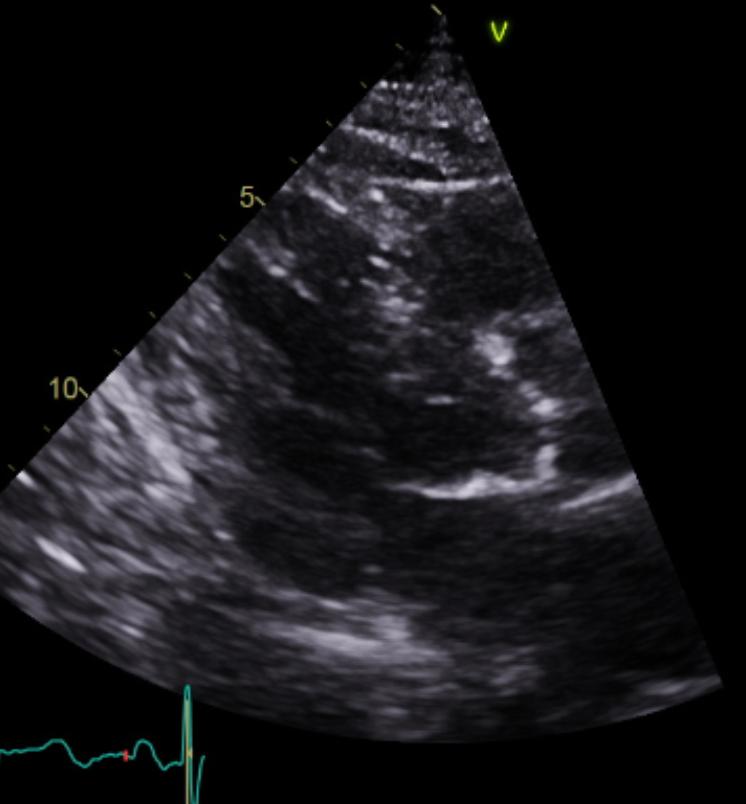
Comment on: Messas et al. Treatment of severe symptomatic aortic valve stenosis using non-invasive ultrasound therapy: a cohort study. Lancet. Nov 13, 2023. https://doi.org/10.1016/ S0140-6736(23)01518-0
The title of this study published November 2023 in The Lancet is enough to turn heads in the sphere of heart valve disease….but what is it and what does it all mean?
What is non-invasive ultrasound therapy?
Non-invasive ultrasound therapy (NUIT) is a new technique using precisely-delivered high acoustic intensity ultrasound waves with the aim of softening calcium. In the case of this study, the authors were testing a device known as the ‘Valvusoft’ device as a first-in-man study to test the hypothesis that this could improve leaflet mobility non-invasively, hence reducing clinical status of patients with severe symptomatic calcific aortic stenosis.
How is it done?
The Valvusoft device is a device akin to an ultrasound probe which is placed on the patient’s chest enabling visualisation of the aortic valve. Once the valve is imaged, the device emits high acoustic intensity ultrasound to the aortic valve which generates small cavitation bubbles at the focal point. The authors claim this results in non-thermal mechanical tissue softening at the target tissues (calcified aortic valve). Each session of NUIT took 60 minutes, comprising of 6 periods of 10 minutes of energy delivery. Although not specifically commented on, one patient developed apnoea secondary to morphine suggesting that the technique can cause discomfort intra-procedurally.
Did it work?
The jury is out.
The study was small, comprising only 40 patients (of whom 25% died at 6 months) and was a proof-of-concept study. Miniscule (i.e. not clinically significant) improvements in echo parameters were seen at 6 months (confounded by those not surviving follow up). In 10 patients undergoing MRI brain there didn’t appear to be any cerebral embolisation. There was no control arm with which to compare the technology.
So essentially the trial suggested (in 40 patients) that this technology can be used, with a reasonable safety profile. Other than this it remains hypothesis generating, but perhaps gives us a glimmer of hope for the future of non-invasive treatment of aortic stenosis – the holy grail for all those interested in heart valve disease. Hopefully a well-designed, blinded, randomised control trial with sham arm will follow, of which the results I’m sure will be highly anticipated. The mind starts wandering when these kinds of studies are published, not only could this be a potential option for inoperable aortic stenosis, but could there be a future for this type of technology in other settings such as calcium modification to facilitate TAVI or even calcific mitral stenosis?
